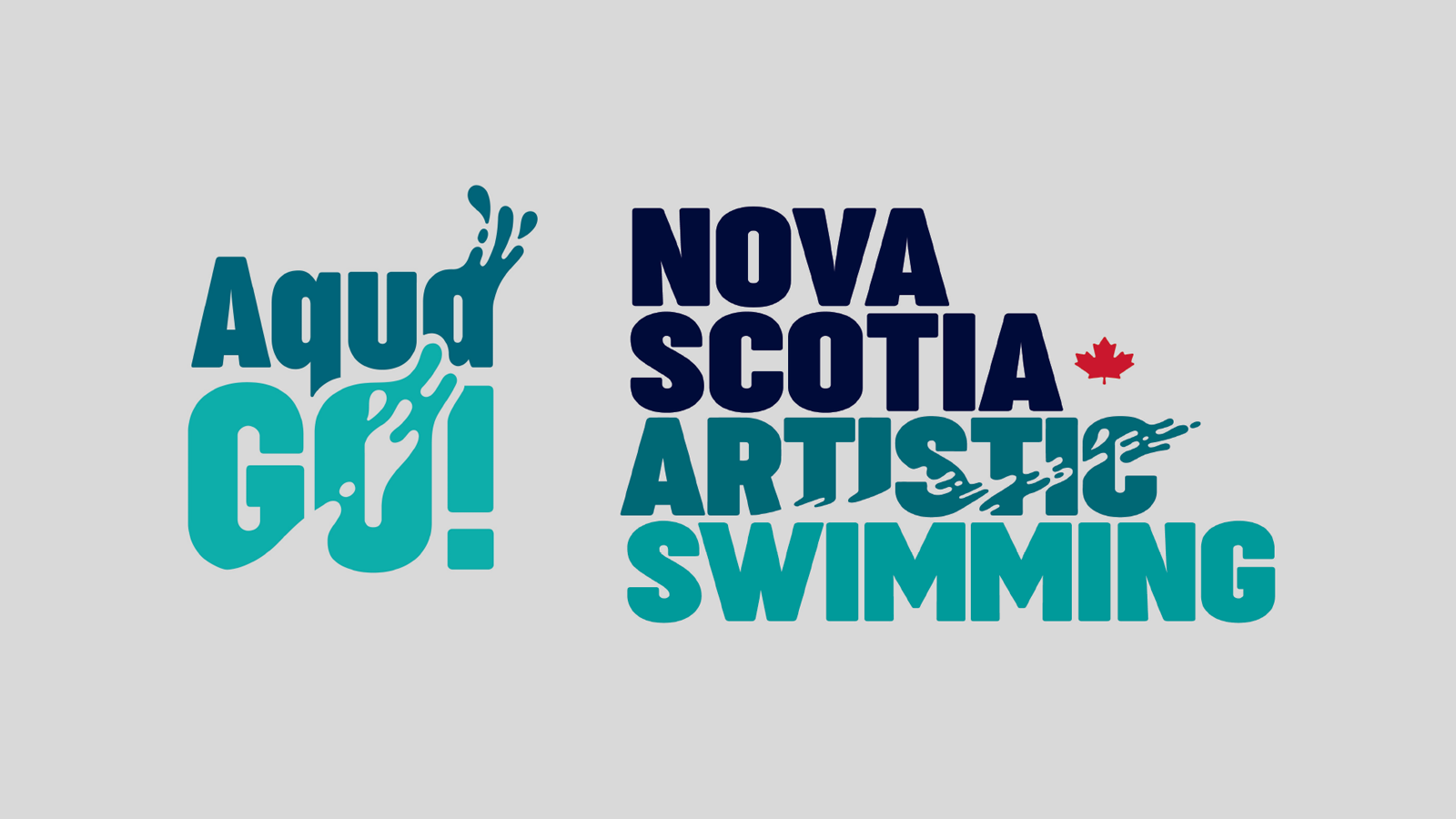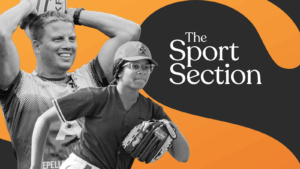Sometimes the direct approach is the best approach.
Faye Evans noted there was a decline in enrolment for artistic swimming and that there was a need to recruit, especially in under-represented communities. Three years ago, Evans started running AquaGo! programming across the province, casting as wide a net as possible. This past summer, she got a bite from Blind Sports Nova Scotia.
“I emailed them and said, ‘Hello, I’m the co-ordinator of AquaGo! programming. Would you be interested in doing a partnership? And they said, ‘Yes.’ It was simple as that,” said Evans.
“In our sport, you have to be creative with recruitment and marketing to get people interested in it, because it’s very niche.”
Close to 30 participants have enrolled, with a wide range of ages — the youngest is four and the oldest is in their 70s. The expectations and goals are as varied as the participants.
“Some, especially the younger ones, are coming in with no swimming experience and their parents just want to put them in a swim program that has adequate support to meet the needs of their child in terms of being included and learning water safety and swimming skills,” said Evans. “And there’s some swimmers that are much more advanced and interested in the artistic side of the program who are starting to learn a basic routine.”
Coaches have been trained to meet the different levels of expectations and have broadened their skill set as a result.
“That’s been a nice addition to what we’re doing,” said Evans. “We’re not just teaching people how to swim, we’re also teaching young coaches how to be good leaders and how to teach people with disabilities.”
Jennifer Fancy and Ginny Sweet participate in the program as members of the Nova Scotia SEE Turtles and were driving forces in helping to put it together with funding from Parasport Nova Scotia. The program is based out of Centennial Pool in Halifax, which has been a good fit because of its accessibility.
“We had heard from parents and other people that accessibility is something that in a traditional swim class isn’t always there,” said Fancy. “The level of description and teaching for blind or visually impaired people can be lacking. It was important for Ginny and I to meet with coaches from AquaGo! and they’ve been fantastic with training and learning things like descriptive language, which seems like it should be an easy thing but is not always that way when you’re not used to doing it in your daily routine.”
“I swam for years,” said Sweet. “I’m a pretty strong swimmer, but what I really want to work on is endurance, being able to swim 40 laps consistently without having to stop, so for me, it’s been a lot of discussion around technique. The coach will watch and say things like, ‘OK, Ginny, when you’re reaching up with your left arm, you’re going to make more of a scoop motion,’ or something to that effect. Or, if I’m just not getting it, a coach will say, ‘Can I touch your arm?’”
There is more to be gained from this program than just being a better swimmer, however.
“We wanted that social component of bringing communities together,” said Sweet. “It’s a way for people to be active, to improve their physical and mental health for all ages and abilities.”
The program is in a state of flux going forward. Centennial Pool is a 56-year-old facility and there are limited options that meet the needs of its participants. Coaches are, for the most part, students, so scheduling sessions is usually limited to the summer.
“Coaching, pool time, transportation, having an accessible facility, these are all factors,” said Evans. “If we were to expand, I would need train more of me to go to other places to make sure everything there goes OK, too.”






